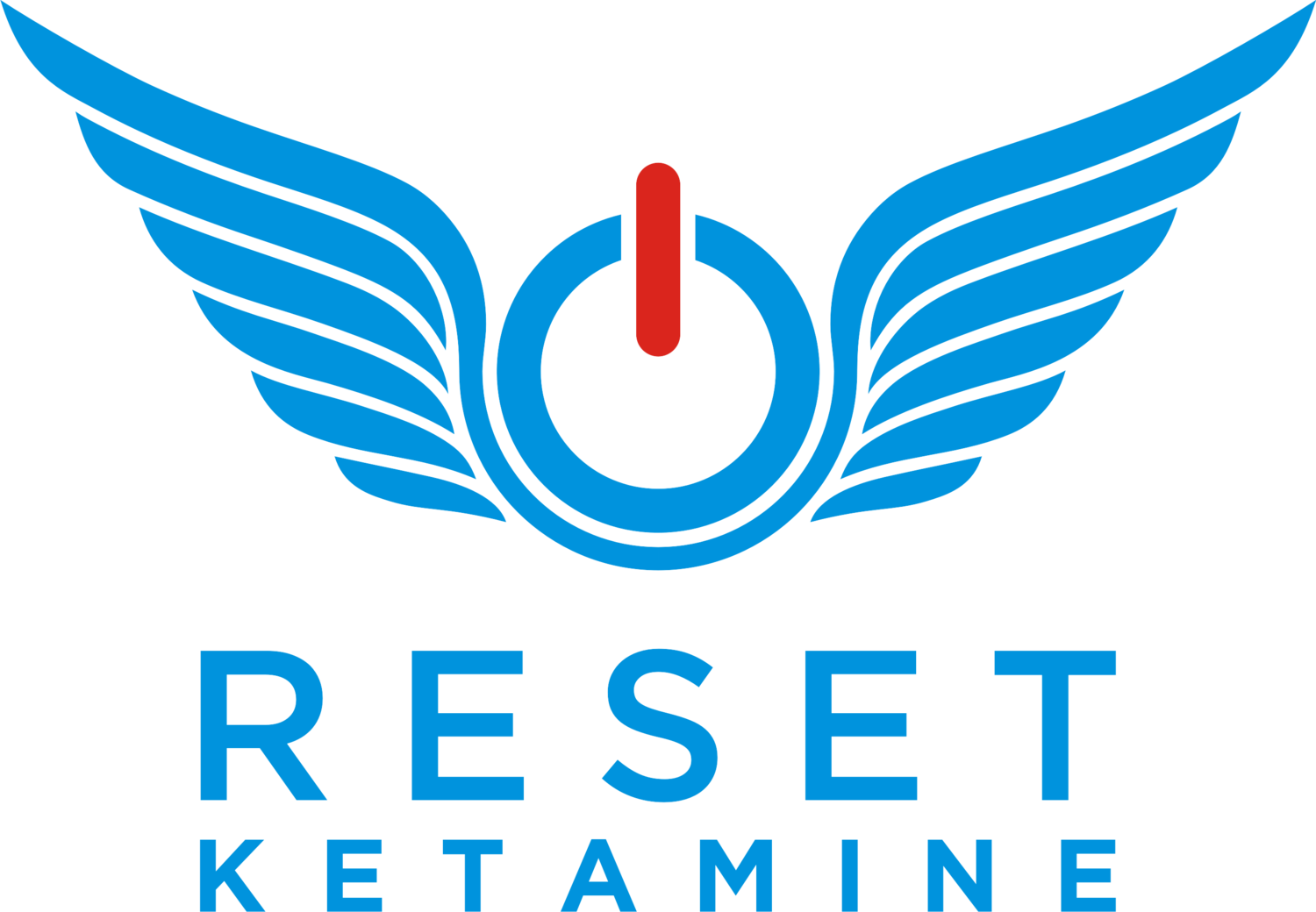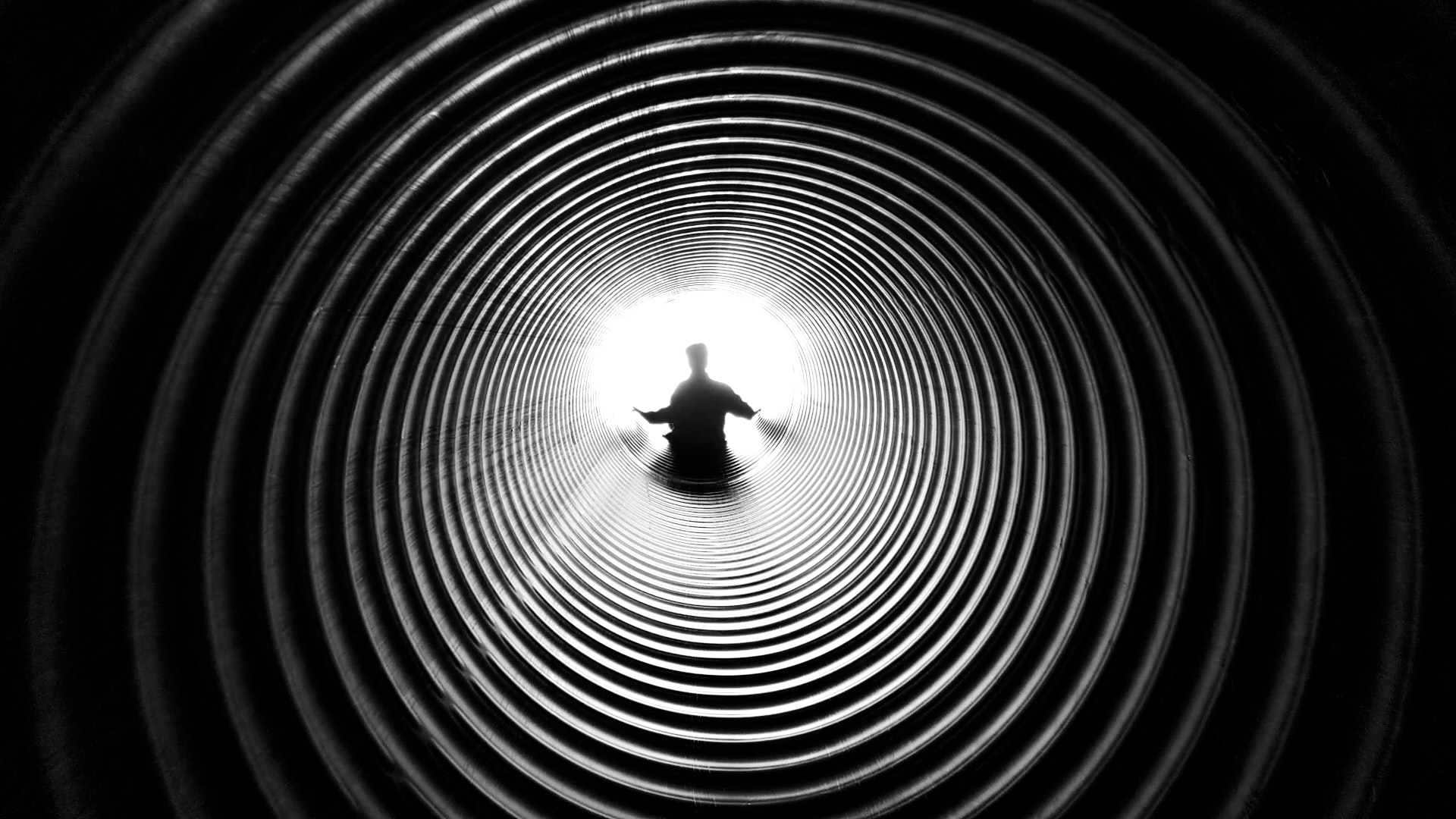When you see or hear the phrase “near-death experience,” what do you think of? Most people would say a bright light at the end of a tunnel, a timeline of your entire life, or an out-of-body experience. Maybe feelings of peace, harmony, warmth, or complete acceptance.
What’s interesting about near death-experiences (NDEs) is that across many cultures, the experience is almost universal in one way or another. NDEs have persisted as part of the human experience for centuries, not only in relation to physical death but also in relation to one’s cognitive state.
Because the descriptions of NDEs are so similar among the small percentage (4-8% of the general population) of people who have had them, scientists who study this phenomenon have devised questionnaires, such as the Greyson NDE Scale, as a measurement tool for their research.
Considering how impractical it is to study NDEs in a clinical setting, researchers have sought out other methods for their research into this phenomenon. It is well known that psychedelic drugs such as LSD, DMT, and psilocybin alter the consciousness in such a way that is very unique, sometimes even inducing states of conciousness similar to those of NDEs. One medicine of interest in studying this phenomenon is ketamine, which is an NMDA receptor antagonist and used commonly in the emergency room (ER) as a dissociative anesthetic. It can cause experiences within the brain that are similar to NDEs, such as out-of-body experiences and feelings of connectedness with the Universe/God/Source.
A large-scale study published in 2019 by Martial et. al examined the semantic similarity of written reports from altered states of being induced by various psychedelics, including ketamine. Their goal was to find which drug produced reports that closely matched reports associated with NDEs.
After assessing about 15,000 reports over the use of 165 psychoactive substances and 625 NDE narratives from that, they found that ketamine produced reports from individuals that were of highest similarity to those associated with NDEs. It should be noted that the NDE narrative induced by the psychedelics in this study were completely psychologically perceived by the individuals and not actually physically occurring.
Their analysis provides much needed insight on the experiences between psychedelic drugs and “dying.” Furthermore, it suggests that “ketamine may be used as a safe and reversible experimental model for NDE phenomenology, and supports the speculation that endogenous NMDA antagonists with neuroprotective properties may be released in the proximity of death.” Regardless, it tells us that ketamine shows promise as an option for those faced with a terminal illness who are experiencing severe death-related anxiety as they prepare for this stage in life.
“The truth is, Mitch, once you learn how to die, you learn how to live… Most of us walk around as if we’re sleepwalking. We really don’t experience the world fully because we’re half asleep, doing things we automatically think we have to do... Learn how to die, and you learn how to live.”




![The Four Types of Experiences You May Have With Ketamine [2020 Update]](https://images.squarespace-cdn.com/content/v1/5a8dfbc1cf81e0fb77ead442/1519853468092-YIIPMI8VWKZMGFE35QGV/pexels-photo-357891.jpeg)
After their treatment, many ketamine patients leave feeling more at peace and more determined to make positive changes in their lives. Why is this? In this blog, we talk about a ketamine article that measures exactly how ketamine affects your brain wave physiology.